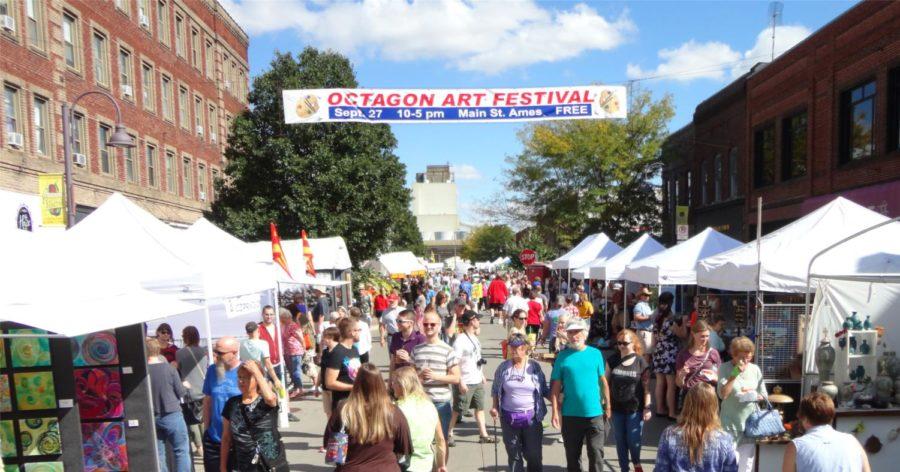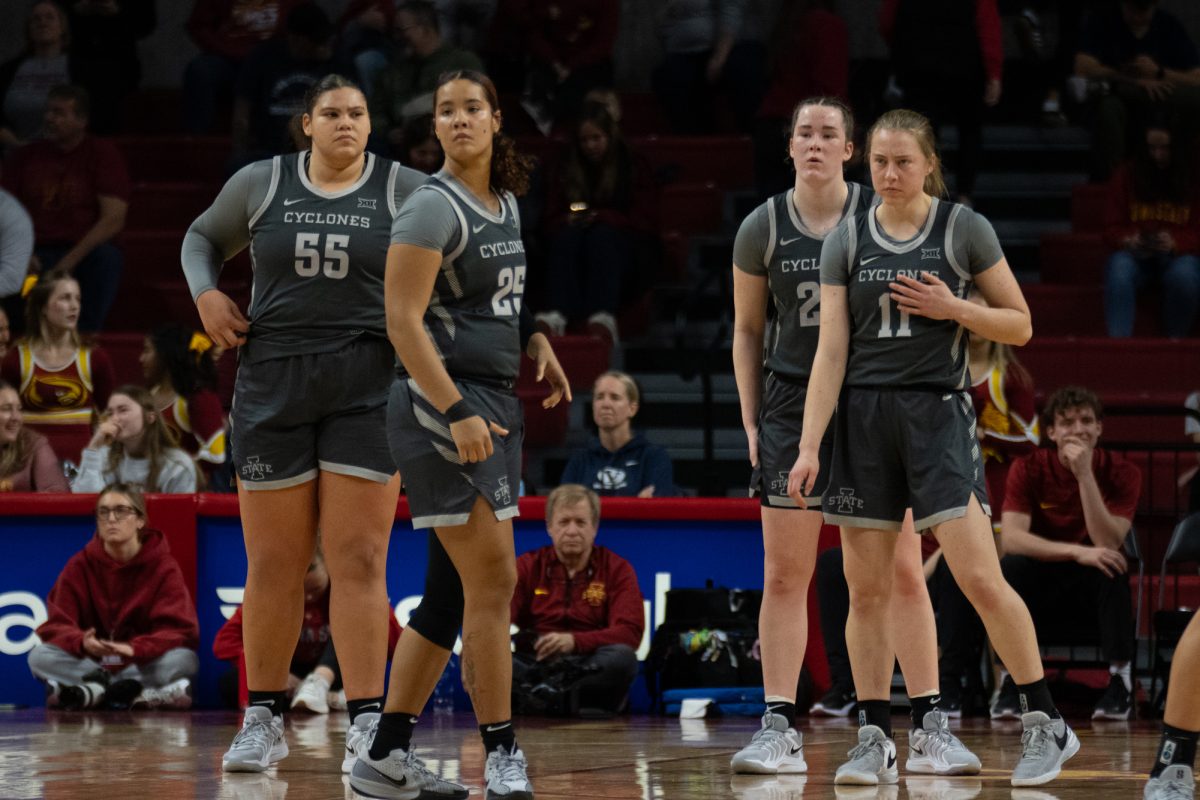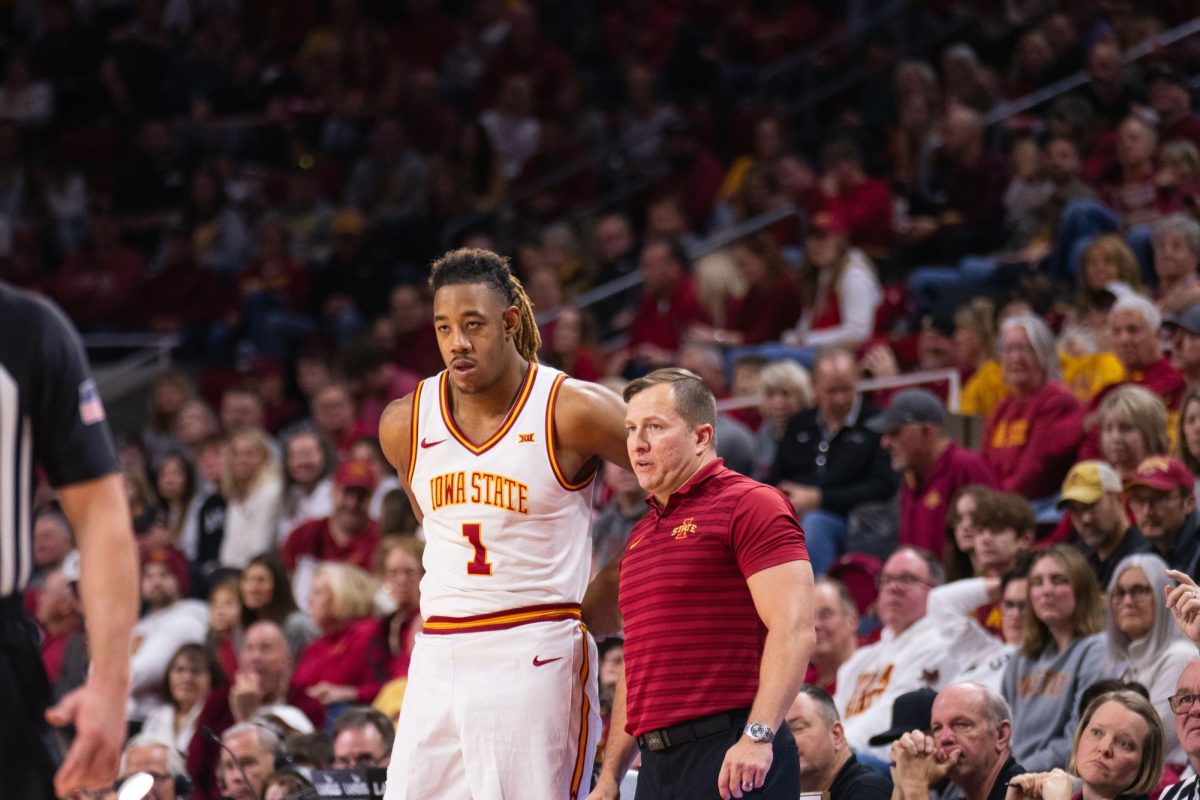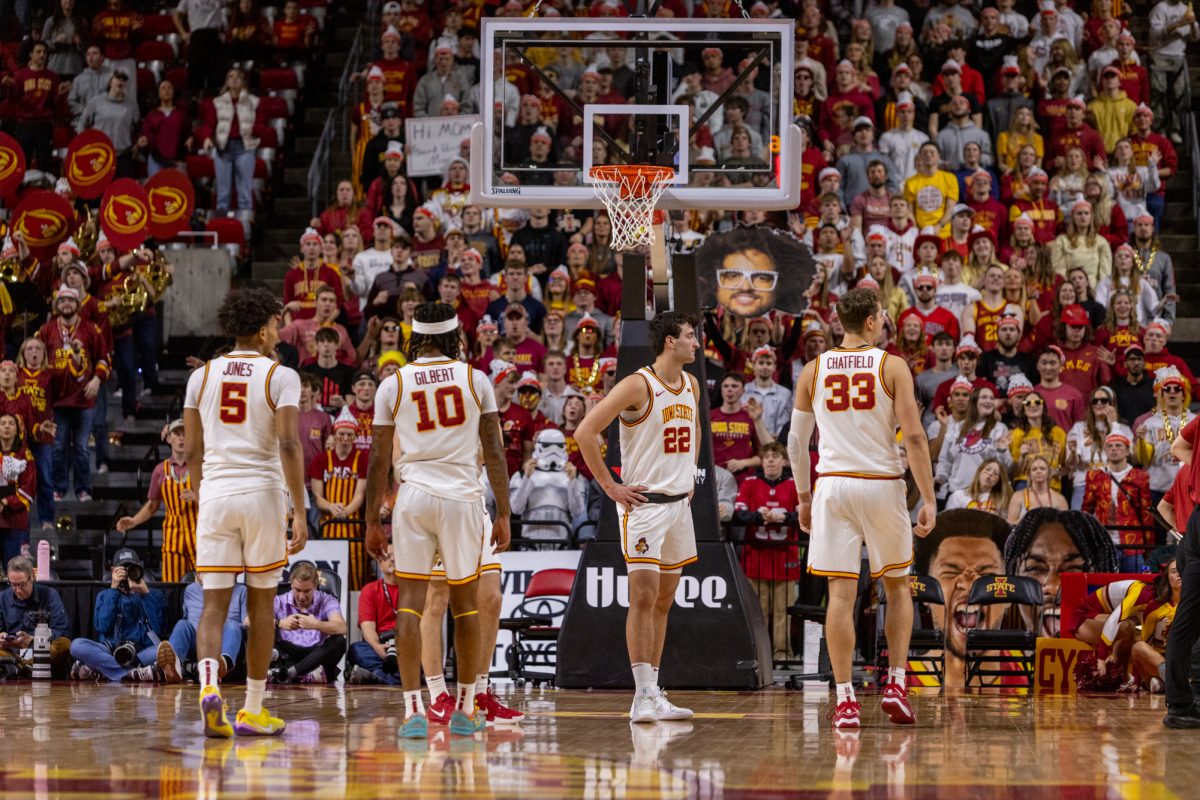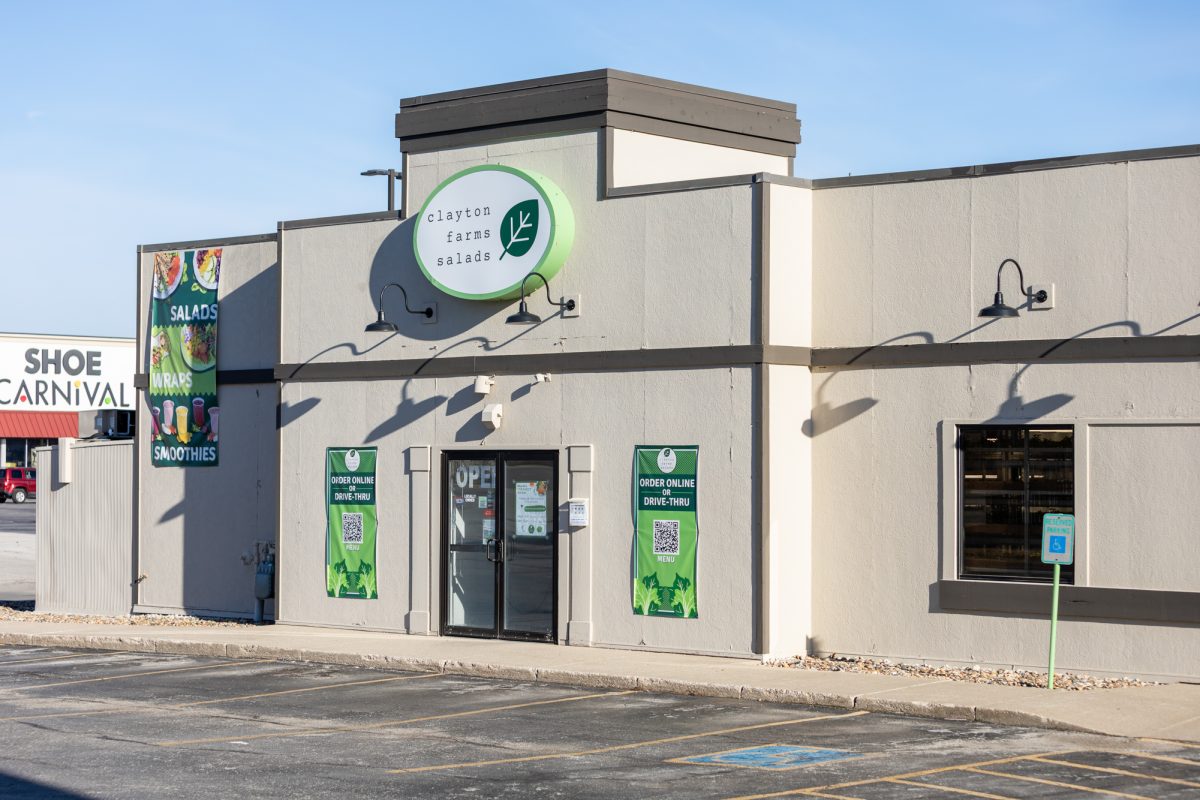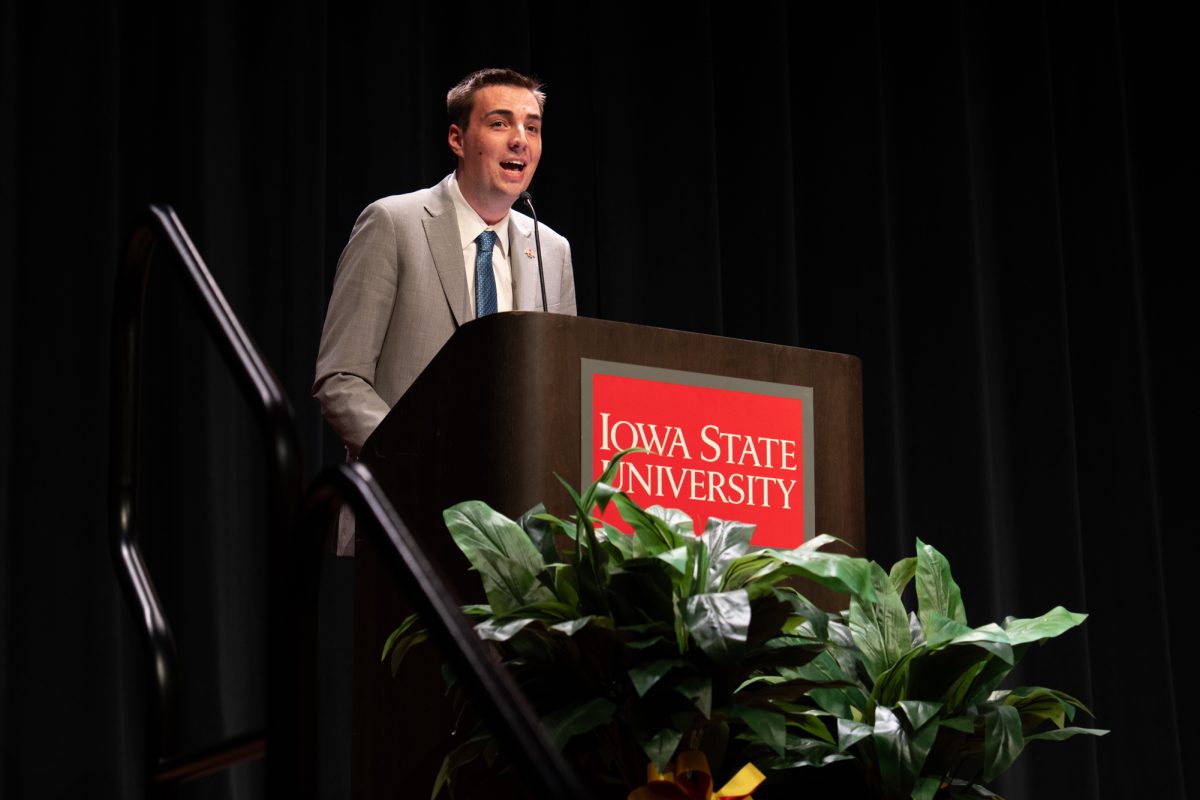The Octagon Center for the Arts serves the community with art
December 8, 2019
Despite art being embedded in the foundation of the way the world is experienced, it can be easily lost in the big picture. Art is a necessity, and the cost of being immersed in the arts all the time is it can be easily forgotten how art affects daily life. The Octagon Center for the Arts is serving the community of Ames by making art matter.
The mission of the Octagon Center for the Arts is to be an inclusive resource for interaction and creative expression through different spaces and opportunities to experience art that is accessible for everyone.
“The Octagon is a great way for art to be used to bring people together,” said Heather Johnson, executive director for the Octagon Center for the Arts. “I think a lot of people think, ‘Oh, I may not be an artist, why would I go to the Octagon?’ But we think that all people can appreciate art or creativity or design. We think it is for everybody.”
Many may not see the significance in the existence of a community art center, but to put it into perspective, imagine trying to find another art gallery shop that also provides educational experiences for all ages to foster learning and growth in artistic skills. A place that specifically caters to local artists and that has been the backbone of the art district for over 50 years.
“I think having a great art center is a reflection of the community,” Johnson said. “I think it kind of shows welcoming to the community. We want people to gather together to share stories. We think that art can be almost like another way to communicate with people.”
The concept of the Octagon was born in the 1960s by four women, Veronika Ruedenberg, Martha Benson, Priscilla Sage and Janet Harris Squires, who each envisioned a designated place for fostering the arts in Ames. The non-profit emerged out of the Ames Society for the Arts on Jan. 23, 1966, residing in a 100-year-old octagonal house that gave the organization its name.
Residents of Ames may be familiar with the first floor of the building that is home to the art shop where over 175 artists’ work from local artists, with other Iowa or Midwest artists among them, are currently represented and sold. Just off of the store is joint gallery space with rotating exhibitions.
What the public may not have explored are the upper two floors of the Octagon that contain educational class studios, a painting room which will soon be converted into a ceramics studio, another gallery space, a small-work gallery and reading room, the largest exhibition room, and even a dance studio. The Octagon also has these spaces like the large exhibition hall and the dance studio available to rent for private events, such as anniversary parties or wedding receptions.
Despite having a prime location on Douglas Avenue downtown, Johnson expanded on the difficulties of connecting all of the facets of the Octagon to more people.
“It’s hard because as a non-profit, we don’t have much of a marketing budget, as most non-profits do, so a lot of people are like, ‘I didn’t know this was here!’ Or walk by and just see the shop and don’t see all the other education studios or the dance studio or the main gallery,” Johnson said. “We’d love to take art out to the community because it’s hard to bring people here when they don’t know it exists.”
This variety of spaces provides opportunities to serve the community in many different ways. The Octagon offers an inviting place for everyone, from young kids to grown adults, from a broad range of artistic experience — be it someone who has never tried art before but who is interested in learning; someone just looking to discover a new activity or hobby; or a professional artist who wants a space to create and interact with other creators or possibly sell or exhibit their own collection.
“We really want to help emerging artists too; I think that’s part of our mission,” Johnson said. “Whether it’s a college student or a young artist in the area or an experienced artist. On our website four times a year they can apply [to be a shop artist]. There’s room for a bio, some images about the process and then the review committee will go over it just to make sure we don’t have exactly very similar stuff.”
In addition, the Octagon staff extends the invitation to past and present students from the College of Design or professional artists in the area to consider teaching a class or workshop at the Octagon. Interns and volunteers are also appreciated because running a non-profit such as this one can’t be done alone.
Grants, donations and sponsorships are what makes it possible for the Octagon to develop programs and exhibits. Individuals and local businesses support the art center by sponsoring these programs and exhibitions, as well as special events. Without generous contributions from the community such as these, the Octagon would not be able to offer scholarships and keep exhibits and the art festival free to the public.
“We are not a museum, we are not collecting collections or anything like that,” Johnson said. “We are a private community non-profit art center, so a lot of our funding comes from events, sponsorships and grants. We are not run by the city. We are not owned by the city. So, every day we are fighting for the arts.”


